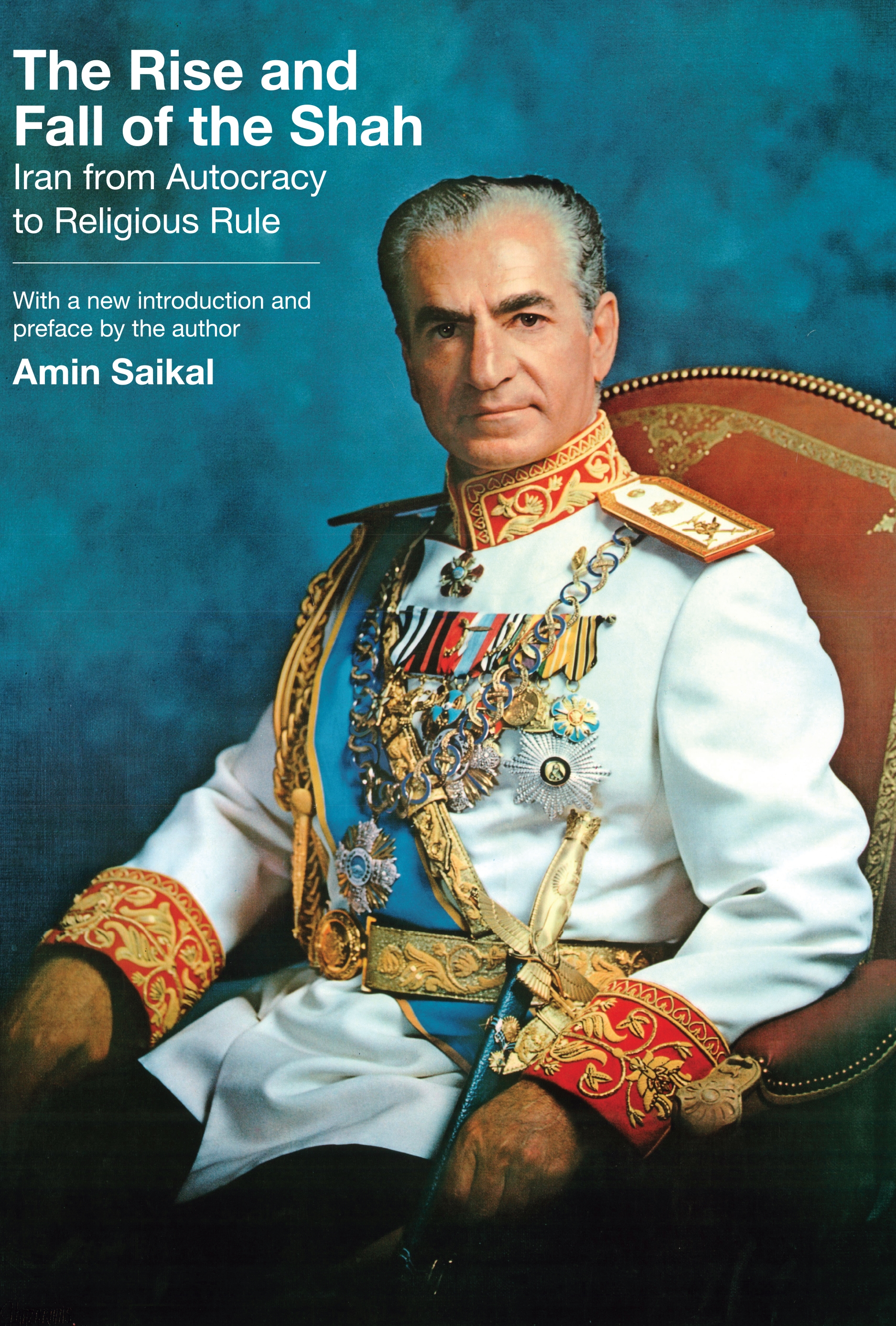

Beginning in the 16th century, the Safavids had settled groups of Afšārs in northern Khorasan to defend Mashad against Uzbek incursions. His empire quickly collapsed, and the resulting fragmentation of Iran into several separate domains lasted until the rise of the Qajars decades later.īorn in November 1688 into a humble pastoral family, then at its winter camp in Darra Gaz in the mountains north of Mashad, Nāder belonged to a group of the Qirqlu branch of the Afšār Turkmen.

Nāder’s troops assassinated him in 1747, after he had come to be regarded as a cruel and capricious tyrant. The decade of Nāder’s own tumultuous reign was marked by conflict, chaos, and oppressive rule. During Nāder’s campaign in India, and several years after he had replaced the last Safavid ruler on the Persian throne, the elimination of much of the Safavid family effectively ended any real possibility of a Safavid restoration. He developed a reputation as a skilled military commander and succeeded in battle against numerous opponents, including the Ottomans and the Mughals. He rose from obscurity to control an empire that briefly stretched across Iran, northern India, and parts of Central Asia. NĀDER SHAH, ruler of Iran, 1736-47 ( Figure 1).


 0 kommentar(er)
0 kommentar(er)
